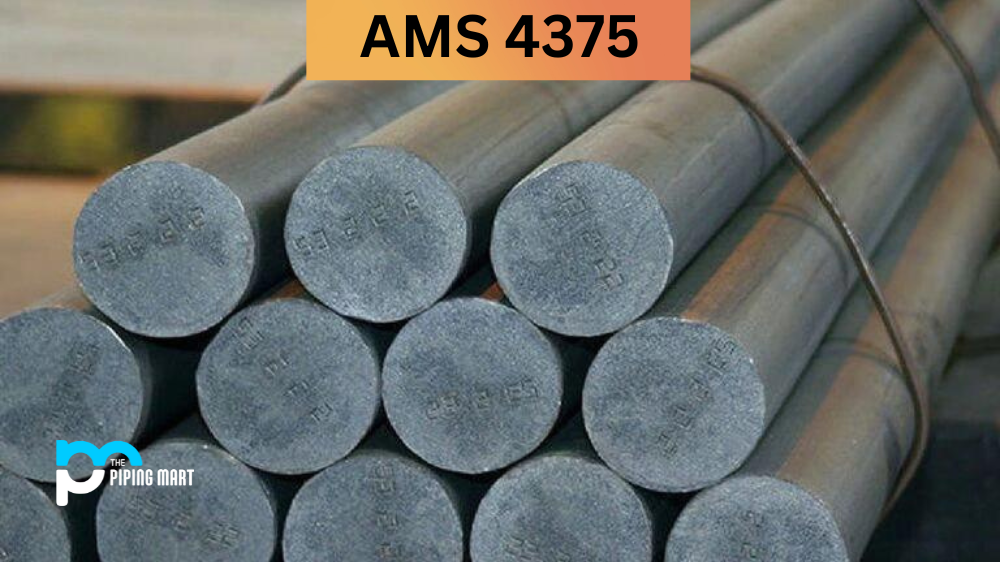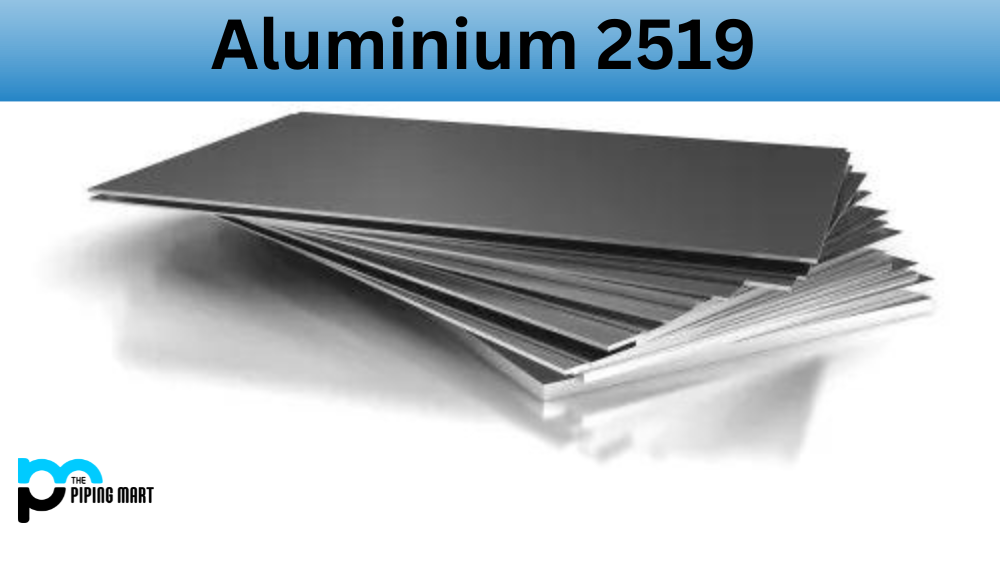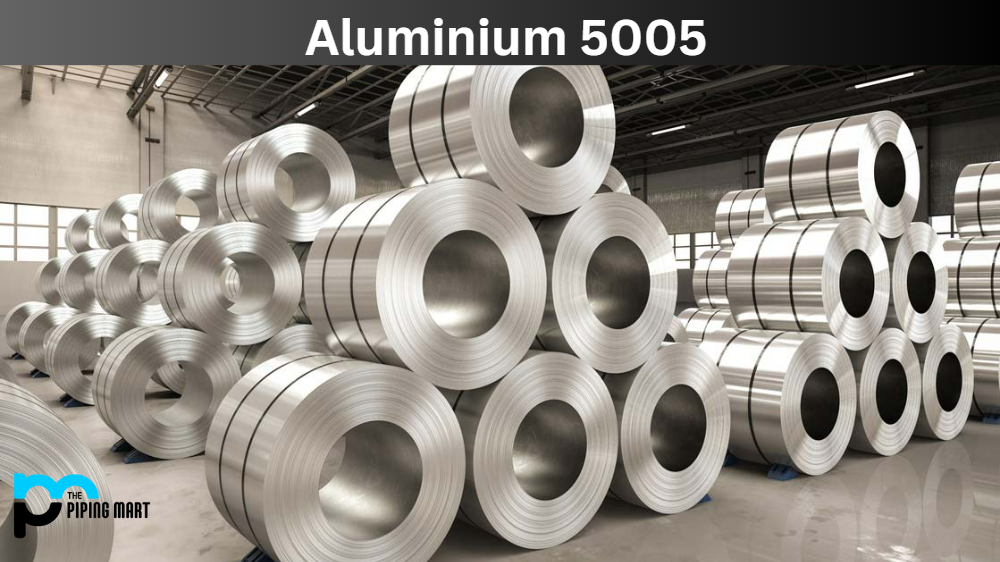If you’re familiar with the aerospace industry, you’ve probably heard the term AMS4375 being tossed around. It’s a specific type of aluminium alloy that’s commonly used to build aircraft and spacecraft structures. In this blog post, we’ll dive deep into what AMS4375 is, its composition, physical and mechanical properties, how it’s used, and how it’s hardened through heat treatment. So, buckle up and get ready to learn everything you need to know about AMS 4375.
What is AMS 4375?
AMS 4375 (also known as Magnesium Alloy AZ31B) is a specific type of steel alloy developed by the American Society for Testing and Materials (ASTM). It is an austenitic-ferritic stainless steel with excellent formability and corrosion resistance. Its high strength and flexibility combination makes it ideal for aerospace applications such as aircraft components, landing gears, turbine engines, and airframes.
AMS 4375 Composition
First things first, let’s talk about what AMS 4375 is. AMS 4375 is a type of aluminium alloy that’s been developed specifically for use in aerospace applications. Its chemical composition is primarily made up of aluminium (95.5-97.5%), magnesium (1.2-1.8%), and silicon (0.6-1.2%). It may also contain trace amounts of other elements such as copper, iron, and zinc. The addition of magnesium and silicon helps to enhance the alloy’s strength and corrosion resistance properties.
| Element | Content (%) |
|---|---|
| Magnesium, Mg | 97 |
| Aluminum, Al | 2.50 – 3.50 |
| Zinc, Zn | 0.60 – 1.40 |
| Manganese, Mn | 0.20 |
| Silicon, Si | 0.10 |
| Copper, Cu | 0.050 |
| Calcium, Ca | 0.040 |
| Iron, Fe | 0.0050 |
| Nickel, Ni | 0.0050 |
AMS 4375 Physical properties
Regarding its physical properties, AMS 4375 has a density of 2.73 g/cm³, which is relatively low compared to other materials used in aerospace applications. This makes it a great choice for applications where weight is a concern. It also has a melting point of around 600°C, which is relatively low compared to other metals. However, its low melting point does not hinder its strength, which leads us to the next point.
| Properties | Metric | Imperial |
|---|---|---|
| Density | 1.77 g/cm3 | 0.0639 lb/in³ |
AMS 4375 Mechanical Properties
AMS 4375 is known for its exceptional mechanical properties. Its high tensile strength means it can withstand large amounts of mechanical stress without breaking or deforming. Its compressive strength, yield strength, and elongation at break are also noteworthy. These properties make it ideal for aircraft frames, fuselages, and other critical aerospace components.
| Properties | Metric | Imperial |
|---|---|---|
| Tensile strength | 260 MPa | 37700 psi |
| Yield strength (strain 0.200%) | 200 MPa | 29000 psi |
| Compressive yield strength (at 0.2% offset) | 97 MPa | 14100 psi |
| Ultimate bearing strength | 385 MPa | 55800 psi |
| Bearing yield strength | 230 MPa | 33400 psi |
| Shear strength | 130 MPa | 18900 psi |
| Shear modulus | 17 GPa | 2470 ksi |
| Elastic modulus | 44.8 GPa | 6498 ksi |
| Poisson’s ratio | 0.35 | 0.35 |
| Elongation at break (in 50 mm) | 15% | 15% |
| Hardness, Brinell (500 kg load, 10 mm ball) | 49 | 49 |
| Charpy impact (V-notch) | 4.30 J | 3.17 ft-lb |
AMS 4375 Equivalent
- ASTM B107
- ASTM B90
- ASTM B91
AMS 4375 Uses
Now, let’s talk about its uses. AMS 4375 is primarily used in the construction of aircraft and spacecraft structures. Its high strength-to-weight ratio and exceptional corrosion resistance make it an ideal material. It’s also used in the manufacturing of military vehicles, marine equipment, and some types of industrial machinery.
AMS 4375 Heat Treatment
AMS 4375 can also be heat treated to enhance its hardness and mechanical properties. Heat treatment involves taking the alloy to a specific temperature and rapidly cooling it. This process is known as quenching. After quenching, the alloy can be further aged to improve its strength and hardness.
AMS 4375 Hardness
AMS 4375 is an austenitic precipitation-hardening stainless steel typically used in aerospace applications. It features excellent corrosion resistance, elevated strength and good ductility when aged at the proper temperature. Its tensile strength ranges from 180 to 230 ksi, with hardness values between 33 & 39 HRC.
Conclusion
There you have it, a complete guide to AMS 4375 and everything that makes it a popular choice for the aerospace industry, from its chemical composition to its physical and mechanical properties and even how it’s heat-treated to enhance its strength and hardness. If you’re working in the aerospace industry or just interested in materials science, now you know one more thing about this fascinating field.




